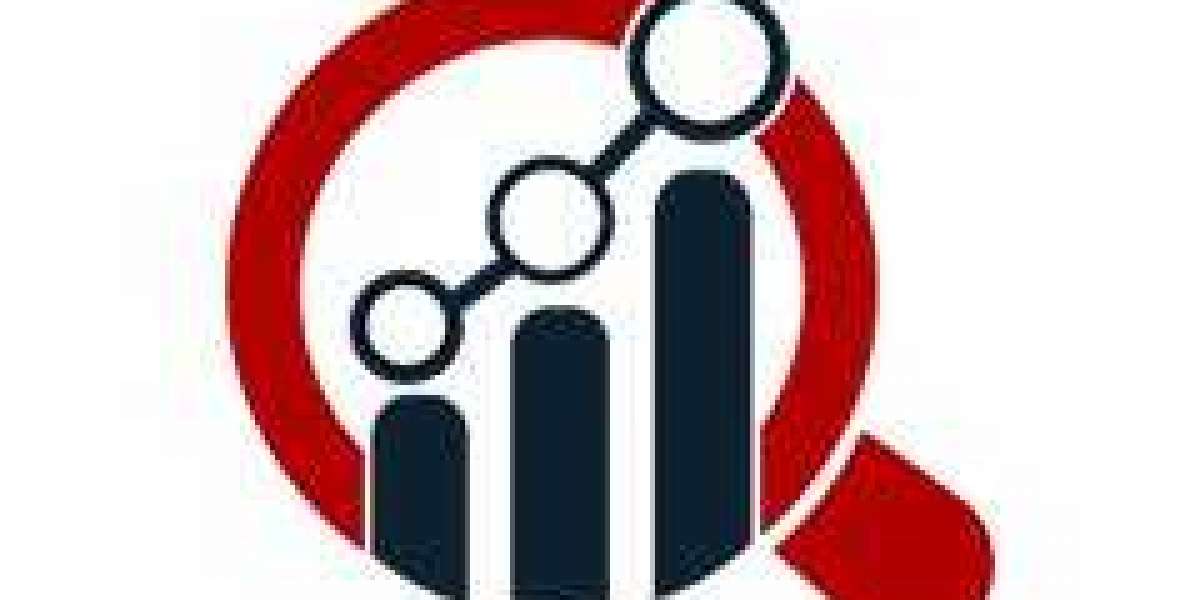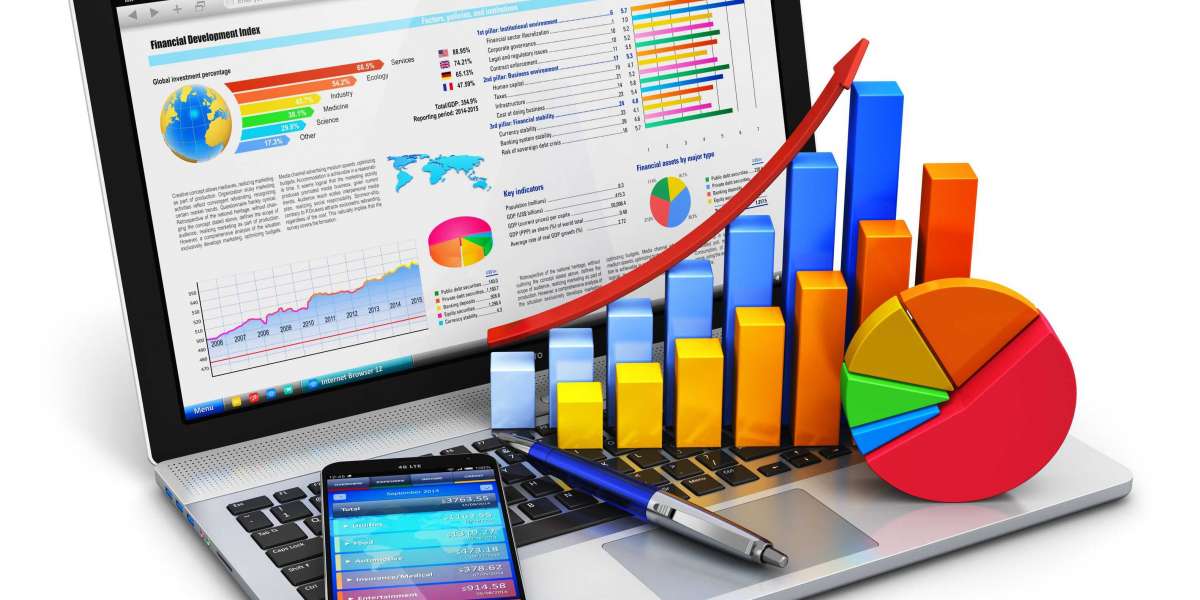Pharmacy Automation: Enhancing Efficiency and Patient Safety
Introduction
The pharmaceutical industry is undergoing a digital transformation, and pharmacy automation stands at the forefront of this revolution. By integrating technology into drug dispensing, inventory management, and prescription workflows, pharmacy automation helps improve operational efficiency, minimize errors, and optimize patient care. From retail pharmacies to large hospital systems, automation solutions are streamlining medication management like never before.
What Is Pharmacy Automation?
Pharmacy automation refers to the use of mechanical systems and software to perform tasks traditionally handled by pharmacists or pharmacy technicians. These tasks include:
Counting and filling prescriptions
Packaging and labeling medications
Managing inventory and stock levels
Verifying prescriptions and detecting drug interactions
Dispensing drugs via automated machines
Automation can be implemented at various levels—from standalone robotic pill counters to fully integrated automated pharmacy systems.
Types of Pharmacy Automation Systems
1. Automated Dispensing Cabinets (ADCs)
Common in hospitals and nursing homes
Provide secure, decentralized medication storage
Improve inventory control and reduce time nurses spend on medication rounds
2. Robotic Prescription Dispensing Systems
Automate the counting, filling, capping, and labeling of prescriptions
Improve speed and reduce human error in high-volume retail pharmacies
3. Pharmacy Management Software
Streamlines workflows, patient records, and billing
Enables e-prescription integration and drug interaction alerts
4. Automated Compounding Systems
Precisely measure and mix ingredients for customized medications
Ensure sterile, accurate compounding for IV medications and chemotherapy
5. Unit Dose Packaging Machines
Prepare individual medication doses for inpatient settings
Reduce waste and simplify medication administration
Benefits of Pharmacy Automation
Improved Accuracy
Reduces human errors in drug dispensing and labeling, thus minimizing medication errors and adverse events.Enhanced Efficiency
Speeds up the prescription process, allowing pharmacists to focus on clinical tasks like patient counseling.Inventory Management
Tracks stock levels in real time and automates reordering, reducing shortages and expired medications.Cost Savings
Lowers labor costs, prevents errors, and improves resource allocation over time.Regulatory Compliance
Ensures adherence to storage, documentation, and medication safety standards.Increased Patient Satisfaction
Faster service and improved accuracy lead to better patient outcomes and trust in pharmacy services.
Applications Across Healthcare Settings
Retail Pharmacies: Speed up prescription fulfillment and improve customer experience
Hospital Pharmacies: Enhance medication safety and support decentralized medication administration
Long-Term Care Facilities: Automate medication management for complex patient regimens
Mail-Order Pharmacies: Handle high prescription volumes efficiently and with accuracy
Challenges and Considerations
Despite its advantages, pharmacy automation does come with challenges:
High Initial Investment: Cost of robots and system integration can be a barrier, especially for small pharmacies.
Training Requirements: Staff must be trained to operate and maintain automated systems.
Technical Issues: Software or mechanical failures can disrupt operations.
Data Security: Protecting patient data and maintaining HIPAA compliance is crucial.
Future Trends in Pharmacy Automation
AI and Machine Learning: Predictive analytics for inventory and patient behavior
Cloud-Based Solutions: Centralized management of multiple pharmacy locations
Telepharmacy Integration: Combining automation with remote pharmacist consultations
Personalized Medicine: Automated compounding for customized therapies
Mobile Apps Kiosks: Improving patient access and self-service options








